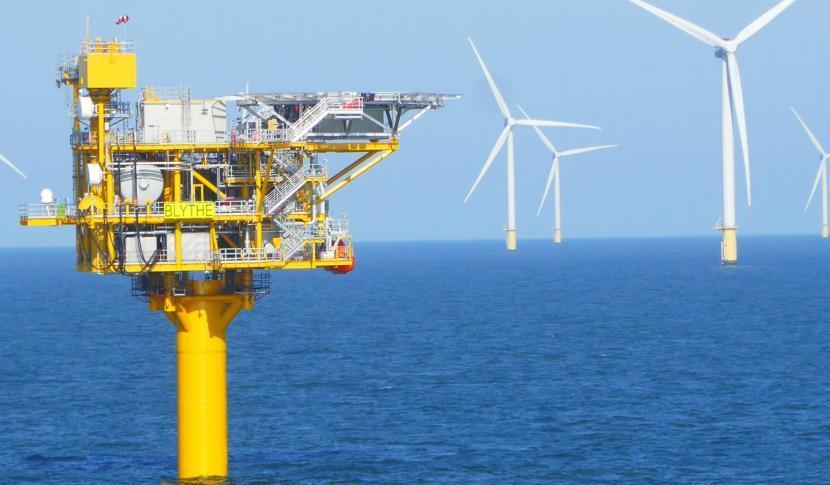
European majors are well placed to take advantage of a $1 trillion investment boom in offshore wind, as analysis suggests projects can return 25% higher operating margins than new oil and gas fields.
European energy majors are piling into the offshore wind sector, as evidenced by recent leasing rounds such as Scotwind, New York Bight and mooted plans off Norway.
Players including the likes of Shell, BP, Equinor, TotalEnergies and Eni are all – directly or indirectly – looking to become established players in the sector.
As a result, the market is expected to attract almost $1 trillion (£820bn) in new investment over the next decade, and new research from WoodMackenzie suggests offshore wind could be even more profitable than upstream oil and gas.
Akif Chaudhry, principal analyst for corporate research at the Edinburgh-based consultancy, notes that the upstream sector has long analysed cash margins on a per barrel of oil equivalent (boe) basis – a well-understood metric that helps illustrate how much operating cashflow oil and gas assets generate per unit of production.
This is, he says, especially useful for articulating cash generation capacity and benchmarking portfolios.
Analysis that compares renewables investments with those in oil and gas usually focuses on relative risk and returns. However, Mr Chaudhry’s team have inferred a new margin metric – operating cash flow per gigajoule equivalent (GJe) – which suggest that offshore wind “comes up trumps.”
Forming the basis of a new report – ‘Why the Majors need to consider margins in weighing up offshore wind’ – the authors used asset-by-asset data and found that offshore wind will deliver 25% higher unit operating cash margins in comparison to new field oil and gas projects.
“Even the lowest offshore wind portfolio average operating cash margin is above the upstream average,” the consultancy says, noting also that offshore wind margins even beat deepwater investments – traditionally the upstream sector’s highest margin asset class.
“Offshore wind’s strong operating cash margin performance shows that the financial prize is more than simply long-term and steady cash flows. Such a cash wedge within a business is a good way to support other portfolio areas or, indeed, a significant dividend commitment, and to hedge exposure to carbon and hydrocarbon prices,” the authors said.
However, returns remain important. The report says that falling internal rates of return (IRRs) from offshore wind projects “will not be sustainable” if the sector is to attract sufficient capital to meet capacity and climate goals.
“Mid-single digit returns will not be acceptable,” Mr Chaudhry’s added.
Companies are already looking to debt-financing and asset rotation to lift IRRs, and the authors believe that as the sector expands other revenues streams – such as increased merchant power exposure, power trading and building power-to-x projects – these will also help boost returns.
They also caution that supply-led cost inflation and the rising cost of debt are likely to affect the market in future – as well as the “massive investment” needed in new wind tower production facilities
“But after years of managing volatility in oil and gas, the majors are equipped to get the balance between risk and return right. And they are flush with deep pockets of cash to take advantage of the huge upcoming opportunities,” they concluded.
Recommended for you
